As a parent, your toddler’s health is your top priority. However, mold toxicity—a silent and often overlooked threat—can pose significant health risks to young children. Toddlers are especially vulnerable due to their developing immune systems and frequent exposure to floor-level environments where mold spores settle. This article explores the 10 most common signs of mold toxicity in toddlers, what causes it, and how to protect your little ones.
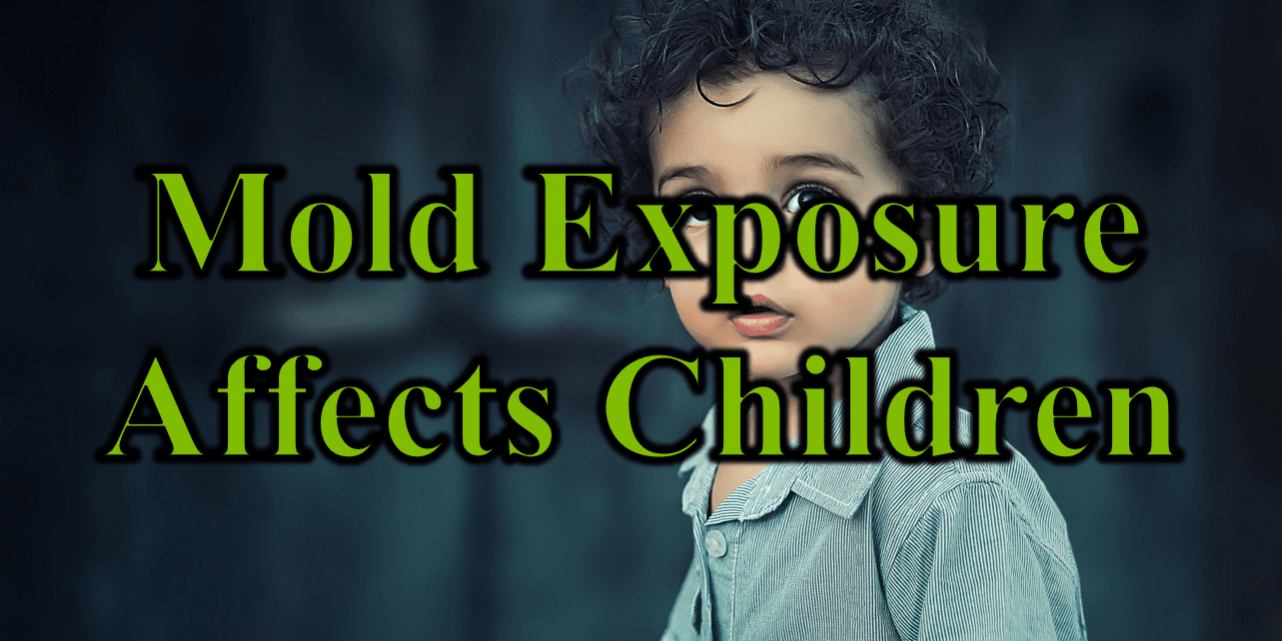
Why Are Toddlers More Vulnerable to Mold Toxicity?
Toddlers are more susceptible to the effects of mold exposure because of their small body size, higher breathing rates, and developing immune systems. They also tend to spend more time on the floor, where mold spores and hyphal fragments settle, increasing their exposure risk.
10 Warning Signs of Mold Toxicity in Toddlers
Here are the top 10 warning signs that your toddler may be experiencing mold toxicity:
1. Persistent Coughing
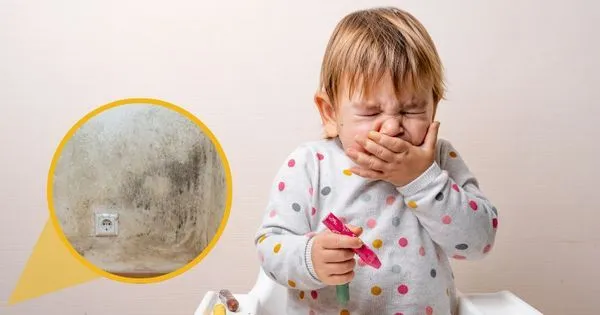
A chronic, dry cough that doesn’t respond to typical treatments could indicate mold-related respiratory irritation.
2. Wheezing or Difficulty Breathing
Mold spores can inflame airways, leading to wheezing or labored breathing, especially in children with asthma.
3. Runny Nose and Nasal Congestion
Frequent nasal congestion or a persistent runny nose may be an allergic reaction to mold spores.
4. Skin Rashes
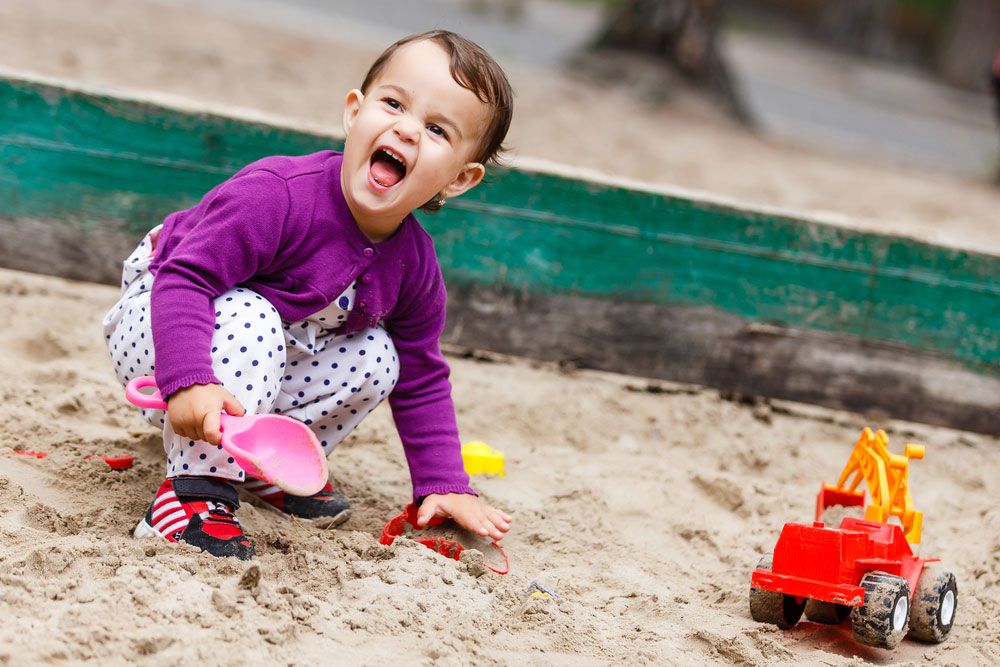
Red, itchy rashes on the skin could result from direct contact with mold spores or hyphal fragments.
5. Frequent Sneezing
Constant sneezing is a common sign of mold allergies and exposure.
6. Watery or Irritated Eyes
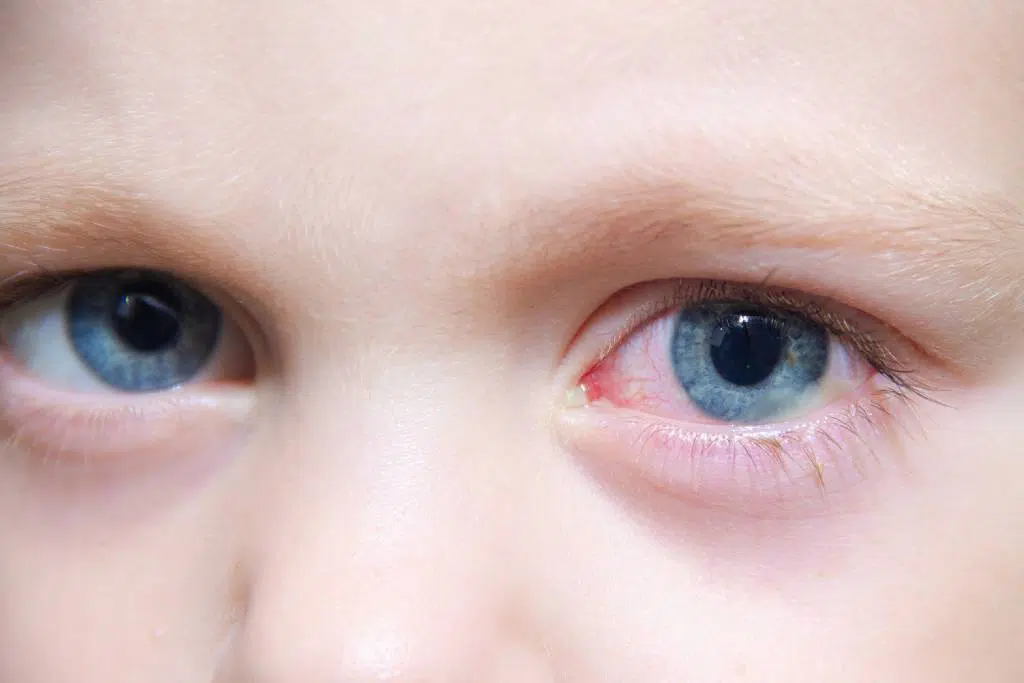
Mold exposure can cause red, itchy, or watery eyes in toddlers, even without direct contact.
7. Chronic Fatigue
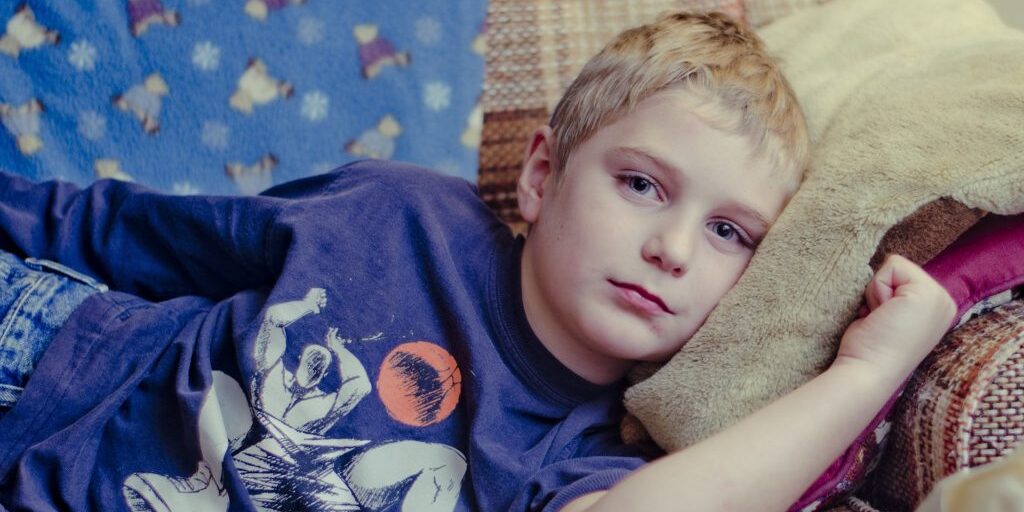
Mold toxicity can lead to systemic inflammation, causing extreme tiredness or lethargy in toddlers.
8. Digestive Issues
Exposure to mold mycotoxins may result in nausea, vomiting, or diarrhea in some cases.
9. Delayed Development
Prolonged exposure to toxic molds has been linked to developmental delays due to its impact on the nervous system.
10. Unexplained Irritability
Mold exposure can cause discomfort and systemic issues, leading to increased irritability or behavioral changes.
Table: Top 10 Symptoms of Mold Toxicity in Toddlers
| Symptom | Description |
|---|---|
| Persistent Coughing | Dry cough that persists despite treatment |
| Wheezing | Labored or noisy breathing, often worse at night |
| Runny Nose | Frequent nasal congestion and clear discharge |
| Skin Rashes | Itchy, red rashes appearing without a known cause |
| Sneezing | Frequent, uncontrollable sneezing fits |
| Watery Eyes | Red, itchy, or watery eyes without infection |
| Chronic Fatigue | Unusual tiredness or lethargy despite proper rest |
| Digestive Issues | Nausea, vomiting, or diarrhea |
| Delayed Development | Slower physical or cognitive development over time |
| Unexplained Irritability | Frequent crying or behavioral changes |
How to Detect Mold in Your Home
Even if mold isn’t visible, it could still be present in your home. Here’s how to identify it:
- Look for Visible Growth: Black, green, or white spots on walls, ceilings, or floors.
- Check for Musty Odors: A persistent damp smell may indicate hidden mold.
- Inspect Moisture-Prone Areas: Bathrooms, basements, and kitchens are common mold hotspots.
- Use a Mold Test Kit: DIY kits can help identify airborne spores, though professional inspections are more reliable.
For professional mold inspection and testing, reach out to Citywide Mold Mitigation.
Steps to Remove Mold and Protect Your Family

1. Address the Source of Moisture
Fix leaks, improve ventilation, and use dehumidifiers to control humidity levels below 50%.
2. Clean Small Mold Patches Safely
- Wear protective gear, including gloves and a mask.
- Use a mixture of vinegar and water or a commercial mold remover.
- Scrub the area and dry it thoroughly to prevent regrowth.
3. Hire Professional Remediation for Large Infestations
Larger or recurring mold issues require expert intervention. Professional remediation ensures mold and its harmful spores are completely eliminated.
Contact Citywide Mold Mitigation for expert mold removal services.
FAQs About Mold Toxicity in Toddlers
| Question | Answer |
|---|---|
| How does mold affect toddlers? | It can cause respiratory issues, skin rashes, digestive problems, and developmental delays due to their weaker immune systems. |
| What types of mold are dangerous to toddlers? | Black mold (Stachybotrys chartarum) and other toxic molds producing mycotoxins are particularly harmful. |
| Can mold exposure in toddlers be reversed? | Many symptoms can improve once exposure is eliminated, but prolonged exposure may cause lasting effects. |
| How do I know if mold is in my home? | Look for visible growth, check for musty odors, and consider professional mold testing. |
| What should I do if I suspect mold toxicity? | Consult a pediatrician and have your home inspected by a mold remediation professional. |
Protect Your Toddler from Mold Toxicity Today
Mold toxicity is a serious health risk for toddlers, but with early detection and proper action, you can safeguard your child’s health. Pay attention to the warning signs and take proactive steps to remove mold from your home. For expert help, trust Citywide Mold Mitigation to keep your home and family safe.

